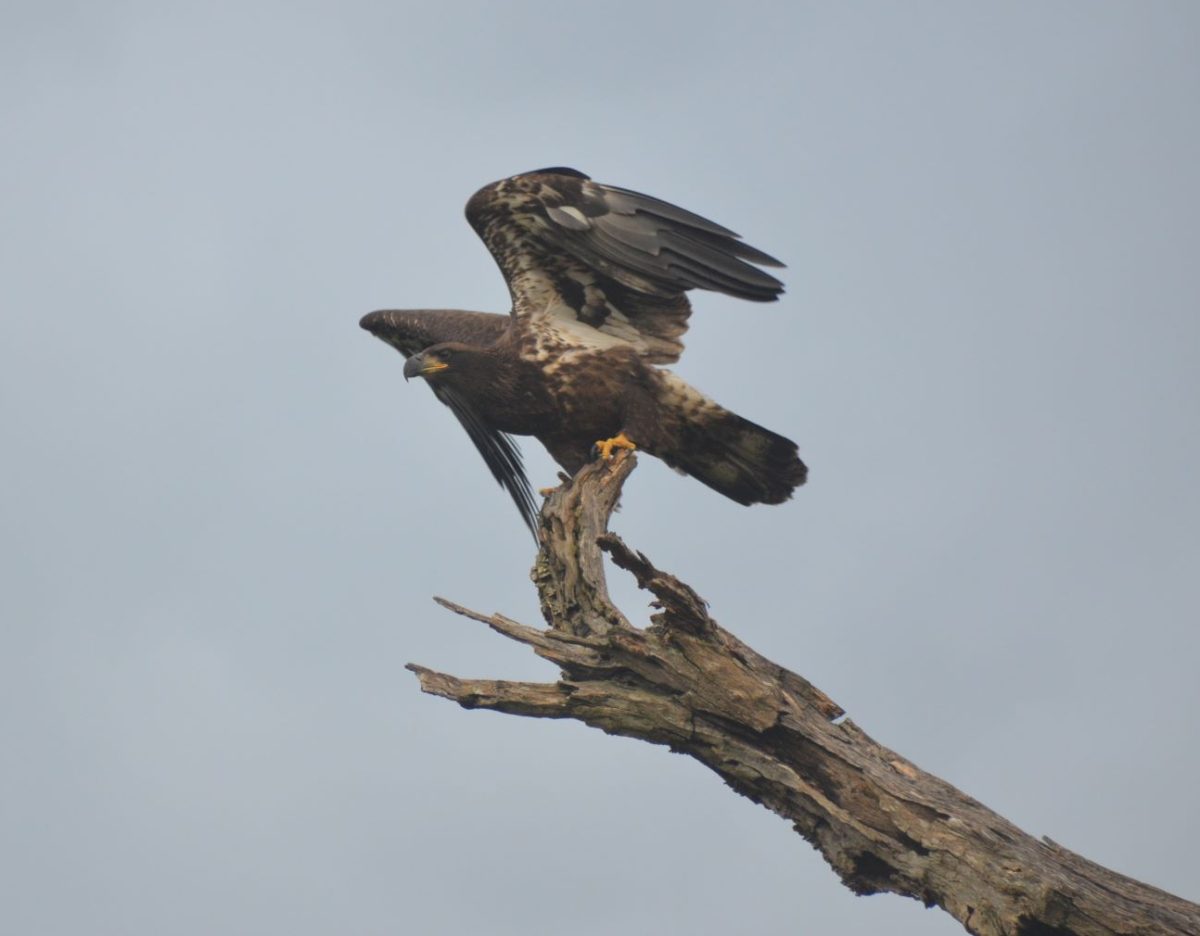It cost the same amount to keep a bad cow as it does to keep a good one. The difference between the two is what is left in your pocket after you, hopefully, sell her calf. With that thought in mind we constantly work to improve the genetics of our herd. Bred heifers are an important part of that continued improvement.
Each year at weaning we start taking notes on the heifer calves. We cull hard for disposition. We want calm, easy to handle heifers. We can’t climb fences as fast as we did twenty years ago, but honestly no one should have to climb a fence when you work cattle. We also look at her birth date, her dam & sire and her general appearance.
The heifers spend the winter on pasture. We want them to age and add frame, but not put on a lot of extra weight. The goal is to be positioned so that when the grass greens up the heifers start packing on pounds(a gaining plane) and are ready to breed.
Most years in May we AI(artificially inseminate) heifers and then turn in clean up bulls. We choose bulls that produce calves that are easy to give birth to and carry the kind of genetics we want to add to the herd. The heifers are vaccinated in the spring for Vibrio and Lepto including hardjo-bovis. These diseases cause abortions and infertility. They are spread during breeding by the bulls or an infected fetus. Several years ago we had an outbreak of Lepto hardjo-bovis that resulted in a preg check rate of only 68% on a set of cows! Don’t make the assumption that what you have been using forever is the best current vaccine for your area. Check with your vet! The heifers are dewormed with Long Range. This year the heifers spent the summer in the Kansas Flint Hills on bluestem. All the breeding was done natural service by bulls put in on May 9th.
We hauled the heifers home in August and pregnancy checked them using a blood test. We had 91 heifers bred in 56 days (92%). Now they are turned out on pasture here in Missouri, growing everyday, becoming mama cows instead of heifer calves.
The 2017 heifers are now young cows. We weaned their first calves in Sept. Now they are gaining weight as we head into winter and getting ready to have that second calf.

Until next time.
Don’t forget to close the gate!













 Now we can relax, too!
Now we can relax, too!